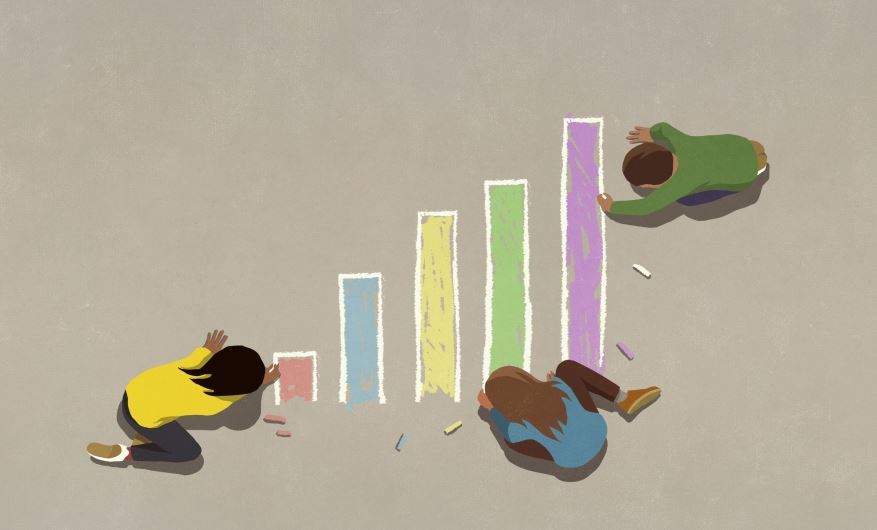
Over the past two decades, autism diagnoses in the U.S. have risen dramatically—by nearly 300%. That’s a number that grabs headlines and stirs concern. But before jumping to conclusions, it’s important to understand why those numbers are rising.
Much of the increase isn’t due to more people developing autism, but rather a broader, more inclusive understanding of what autism looks like. In the past, many individuals—particularly those with less visible traits or who didn’t fit outdated diagnostic categories—were overlooked. Today, improved screening practices, more inclusive definitions, and growing public awareness have helped shine a light on neurodivergent individuals who might otherwise have gone undiagnosed.
Broader Definitions and Early Screening Are Game Changers
The definition of Autism Spectrum Disorder (ASD) now includes conditions like Asperger’s Syndrome and Pervasive Developmental Disorder, which used to be diagnosed separately. This shift has allowed professionals to identify a wider range of behaviors and support needs under the autism umbrella.
In addition, early screening is now a routine part of pediatric care. Most children are screened between 18 and 24 months, and parents are more informed than ever about what signs to look for. The result? More kids are being identified sooner, and more accurately—especially those from communities that historically lacked access to diagnoses, such as Black, Asian, and Pacific Islander families.

Are More People Actually Developing Autism?
Despite the rise in diagnoses, there’s little evidence suggesting that more people are developing autism. In fact, when researchers look at the subgroup of individuals with more profound support needs—such as limited verbal communication or intellectual disabilities—they find little to no increase in prevalence over the past decade.
The real shift has been in identifying individuals with more subtle traits, who may still benefit from services and accommodations but were often missed in the past.
So no, there’s no “autism epidemic”—just better tools, better awareness, and more people finally being seen.
Our Focus Should Be on Support, Not Fear
Instead of fearing rising numbers, we should be focusing on expanding access to quality care and services that help individuals with autism reach their full potential. With more accurate diagnoses comes a responsibility to ensure every child and family gets the support they need.
That’s where we come in.
How We Support Families Through ABA Therapy
At Actify ABA, we know that early intervention makes a lasting impact. Our ABA therapy services in Maryland are designed to meet each child where they are, offering personalized programs that promote communication, emotional regulation, and daily living skills.
We don’t view autism through a lens of fear or limitation—we focus on strengths, possibilities, and building meaningful progress through science-backed, compassionate care.
Get in Touch Today to Learn More About Our Services
Get in touch today to learn how our ABA therapy/autism services in Maryland can help your child grow, learn, and thrive. We offer individualized care plans built around your family’s goals. Our team is here to guide and support you at every step of your journey toward lasting progress.
